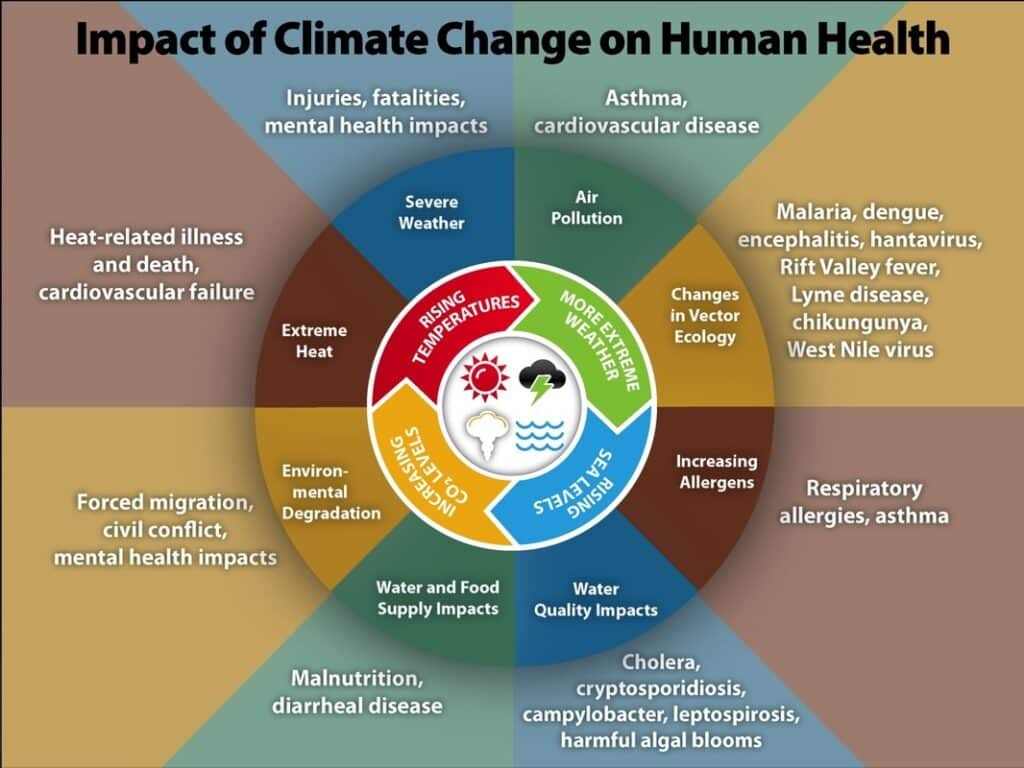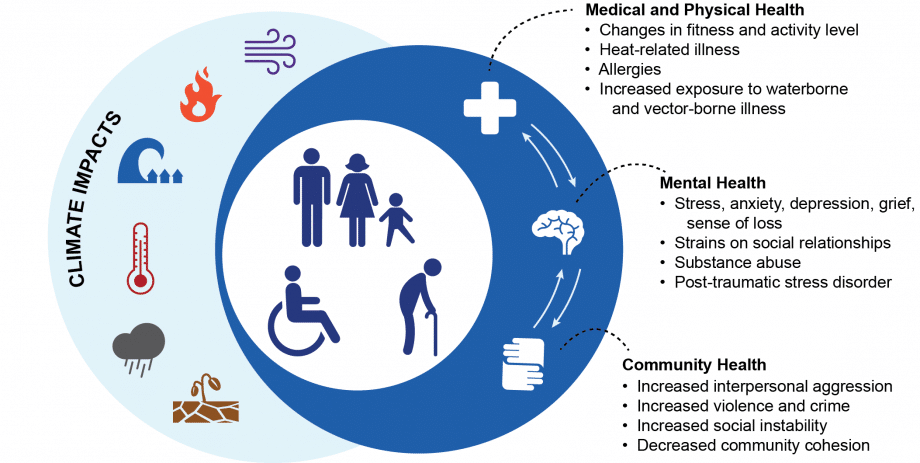A variety of factors influence your mental health in northern Utah – including weather. While you can’t control the weather, you can learn about how weather and climate might affect you. You can also gain knowledge on how to cope with its negative effects on your mental well-being.
Changes in the seasons can affect our moods. For example, we might associate summer with family vacations and trips to the beach. We therefore have positive expectations when the season arrives. The danger is we might fall into the expectation vs reality trap.
When we meet with bad weather or obstacles such as lack of money to travel, we can become stressed. The reality doesn’t match up with what we had anticipated. Seasonal changes impact our moods and behaviors in complex ways.
While the weather certainly does affect us, it’s good to look at the science about how it influences us, so we know how to prepare for these conditions.
Effects of Cold Temperatures on Mental Health
While you might associate cold temperatures with dangerous physical conditions like frostbite and hypothermia, colder temperatures make it easier on our mental health in northern Utah.
A recent study called “Temperature and mental health: Evidence from the spectrum of mental health outcomes” determined that colder temperatures reduced negative mental health outcomes while hotter temperatures increased them. Higher temperatures, for example, was associated with an increase in emergency room visits for mental illness and also increased suicides.
Seasonal Affective Disorder
You might have suffered from or know a friend who, every year, gets Seasonal Affective Disorder (SAD), formerly known as major depressive disorder with seasonal pattern. This is a form of depression that generally begins when the fall season starts, and light diminishes. SAD worsens in the winter and occurs again the same time annually.
It’s important to note that SAD is due to lack of sunlight and the days getting shorter. While it occurs during fall and winter seasons, it’s not due to the cold temperatures.
According to The Cleveland Clinic, about 75% of those who get seasonal affective disorder are women. SAD begins early on, too, usually during young adulthood. It throws off your sleep and darkens your moods. The milder version is known as simply “the winter blues.”
While feeling cooped up at having to be indoors or down because your activities are now curtailed, SAD is a real thing. Although the exact cause is unknown, there are several biological factors that are thought to contribute to it including disruption to our circadian rhythm, overproduction of melatonin, lack of serotonin (the “feel-good” neurotransmitter) and not enough vitamin D.
The good news is treatments are readily available. They include light therapy, vitamin D supplements, change in lifestyle habits and antidepressants.

How Do Nordic Countries Combat SAD?
We can also learn from Scandinavian countries, often ranked as the happiest countries in the world. In addition to conventional treatment, those from Norway keep SAD at bay through long dark winters by having a positive mindset. Their cultural philosophy is to accept and celebrate winter.
They use this period as a time to get cozy and rest. And they also remain active in nature. Those living in the Nordic nations stay content and grateful. This mindset becomes valuable as darkness prevails.
Effects of Warm Temperatures on Mental Health in northern Utah
Weather affects our moods, temperaments, depression, and outlook. It can also affect people’s personalities. While mildly warm temperatures might be pleasant, soaring hot temperatures can cause people to become aggressive.
Aggression and Violence
If someone in your family is more prone to losing their temper during terribly hot days, there’s science behind that.
According to research published in an article in The Association for Psychological Science,4 people are more likely to become irritable and behave aggressively, or event violently, when exposed to excessive heat. In fact, even controlling for factors like age, race and poverty, those cities in warmer regions tend to experience more violent crime than in those located in cooler regions.
One study was conducted to analyze the link between weather and daily shootings in Chicago from 2012 to 2016. Researchers found a definite correlation between crime and higher temperatures.
Shootings were more likely to occur on warm days, especially during weekends and holidays, while people were outside. When temperatures rose 10 degrees higher than average, researchers found a 33.8% higher rate of shootings.
Impact of Extreme Weather Events
Everyday weather, be it rain, snow, or abundant sunshine, directly affects our lives. Extreme weather in the form of tornadoes, massive flooding, or hurricanes, for example, also directly has an influence on us. But we must remember to pay attention to the indirect effects, too.
People Are Concerned About Climate Change
Scientists have recently discovered the indirect consequences from extreme weather and changes in the climate. Children and those with pre-existing psychiatric conditions can be more at risk after being exposed to news about climate change or disasters.
In a 2018 study, scientists found that Australian children were very concerned about climate change. They are also at risk of psychological harm after even indirect exposure. The negative impact on mental health included PTSD, depression, anxiety, phobias, sleep disorders, attachment disorders, and substance abuse.
In another study, which was the first large-scale investigation of its kind on climate anxiety in children and young people globally, scientists also found a negative impact of indirect exposure.
This study surveyed 10,000 children and young people in ten countries. Participants were 16 to 25 years old. About 59% were very or extremely worried while 84% were moderately worried about climate change. More than half reported feeling sad, anxious, angry, powerless, helpless, and guilty.
Almost half of respondents reported these feelings about climate change negatively impacted their functioning and daily life. Additionally, 75% said that they think the future is frightening.

How to Cope with Weather and Climate Change
As people grapple with the impact of extreme weather and climate change on mental health, a new word has come into our lexicon: “eco-anxiety.” This chronic fear of environmental doom or catastrophe can especially affect those who are already vulnerable, as exemplified by the two studies on children and young people.
We must remind ourselves that people often come together after environmental crises to help each other. This has been demonstrated after wildfires, hurricanes and tornadoes in the United States and across the world.
Another thing to remember is that a groundswell of support has developed for slowing down and stopping climate change and thus decreasing the incidents of extreme weather.
Ways to Cope With Weather Changes
Here are specific ways to cope with worry, anxiety, and fear about the impact of extreme weather and climate change:
- Take action by volunteering for a local organization
- Reach out to others by getting involved in environmental or political groups
- Informally connect with like-minded people
- View problems in perspective
- Cultivate a habit of positive thinking
- Practice nature therapy
- Immerse yourself in forest bathing
- Begin mindful meditation
- Foster your own sense of resilience
- Seek out the help of a mental health counselor or therapist

